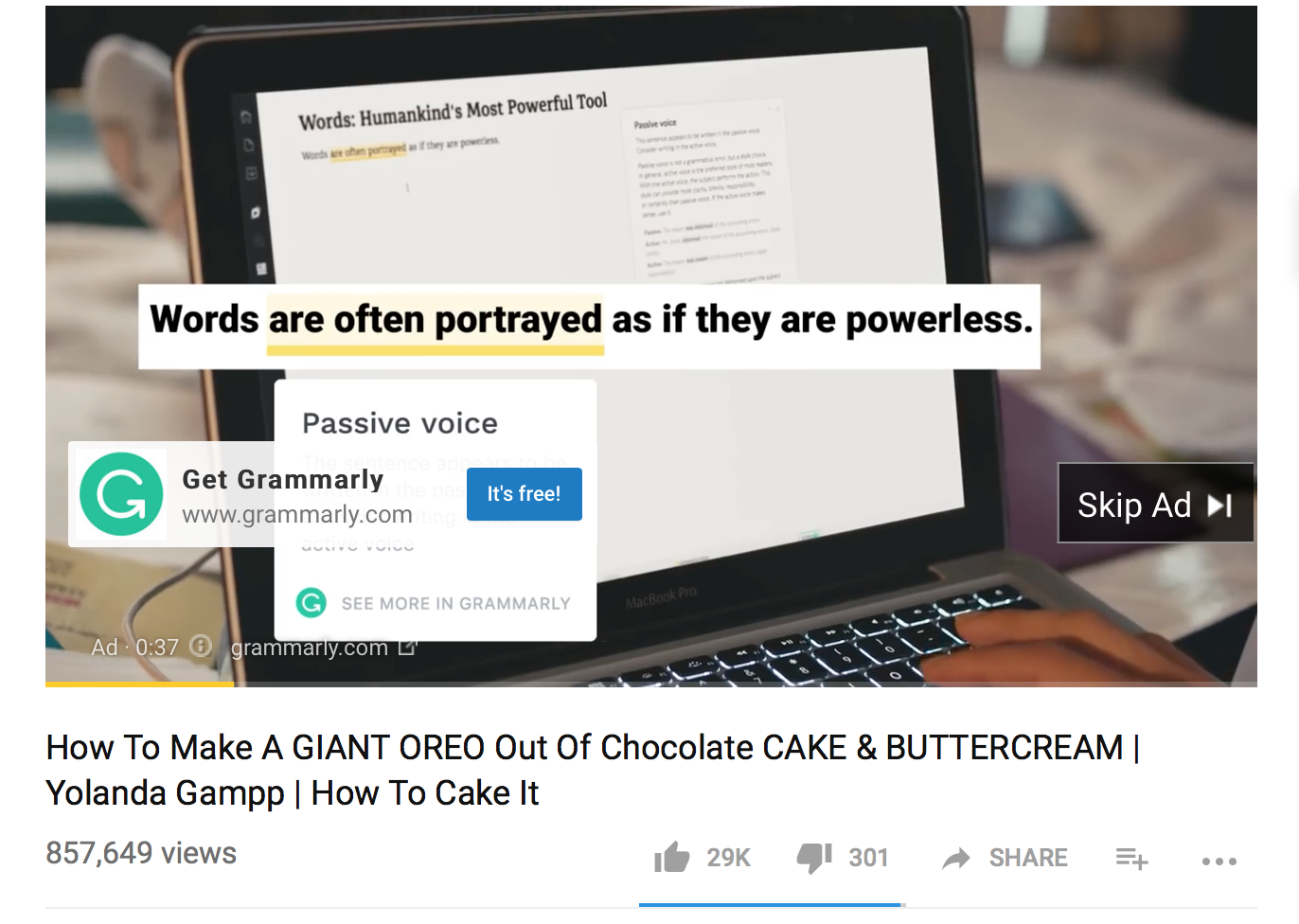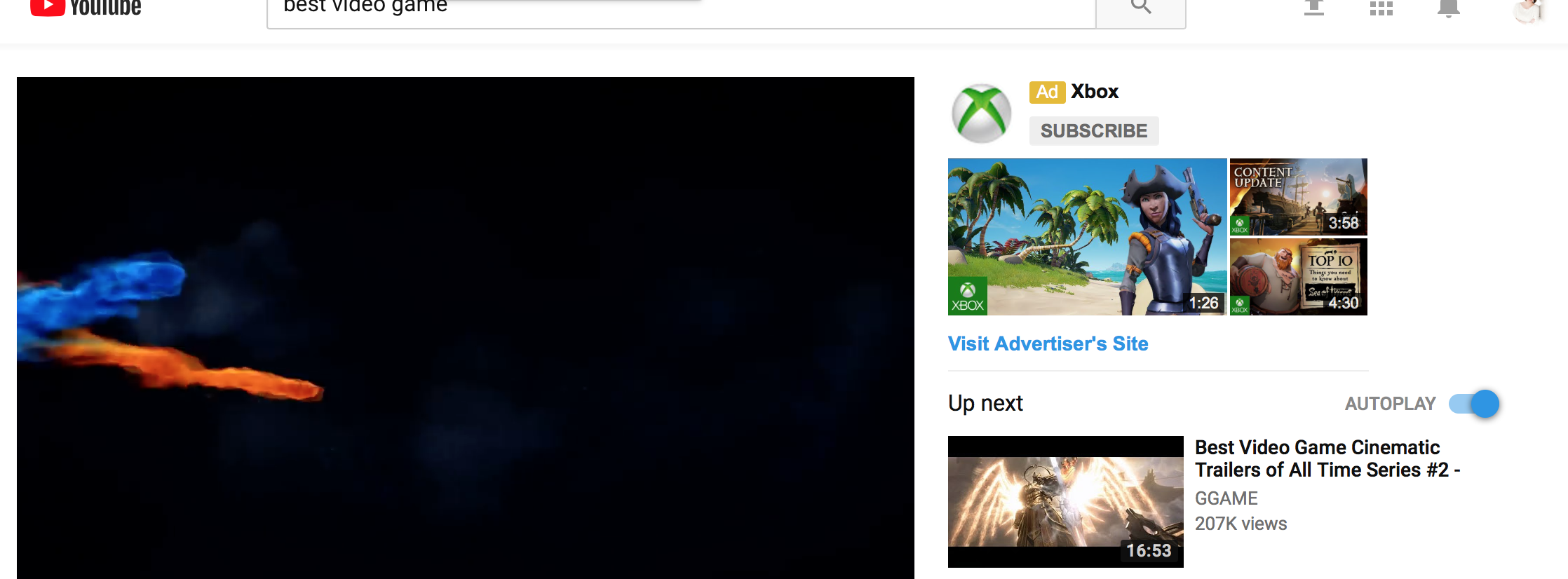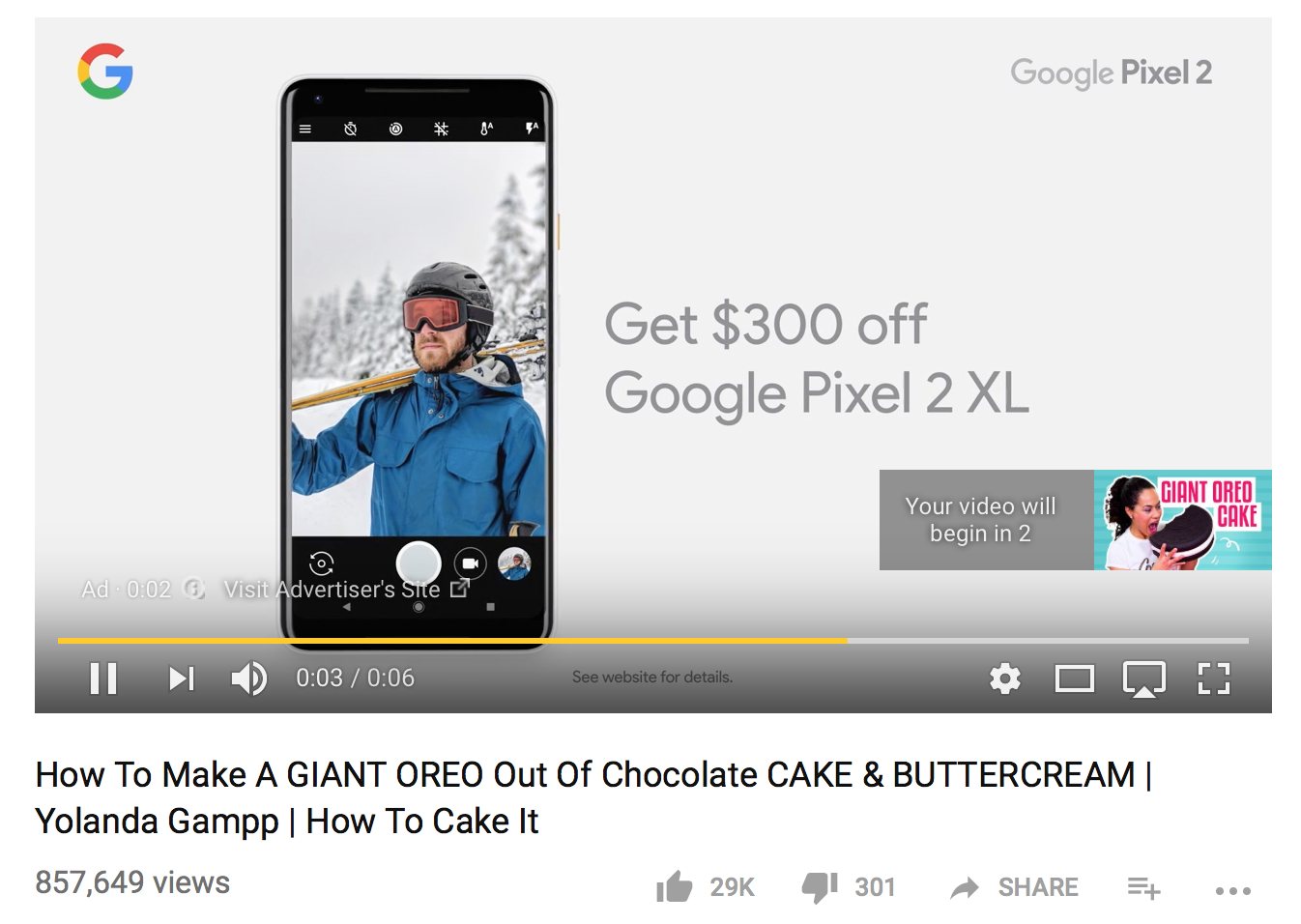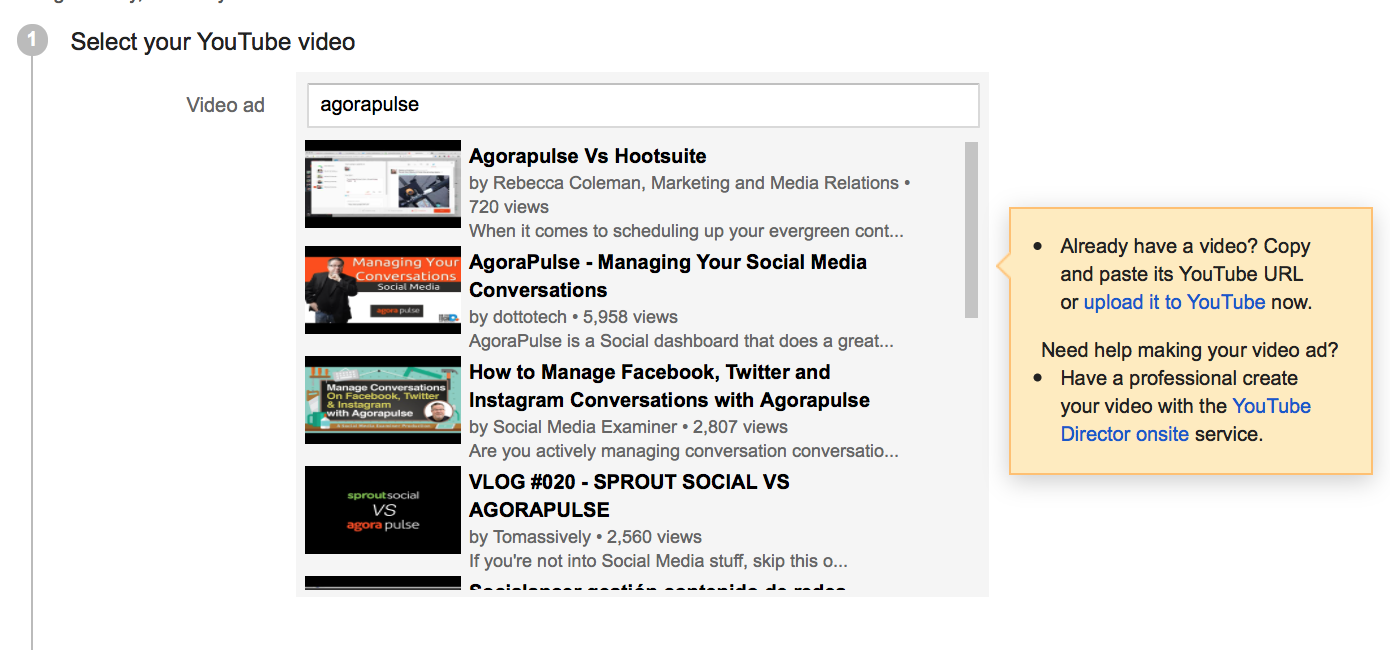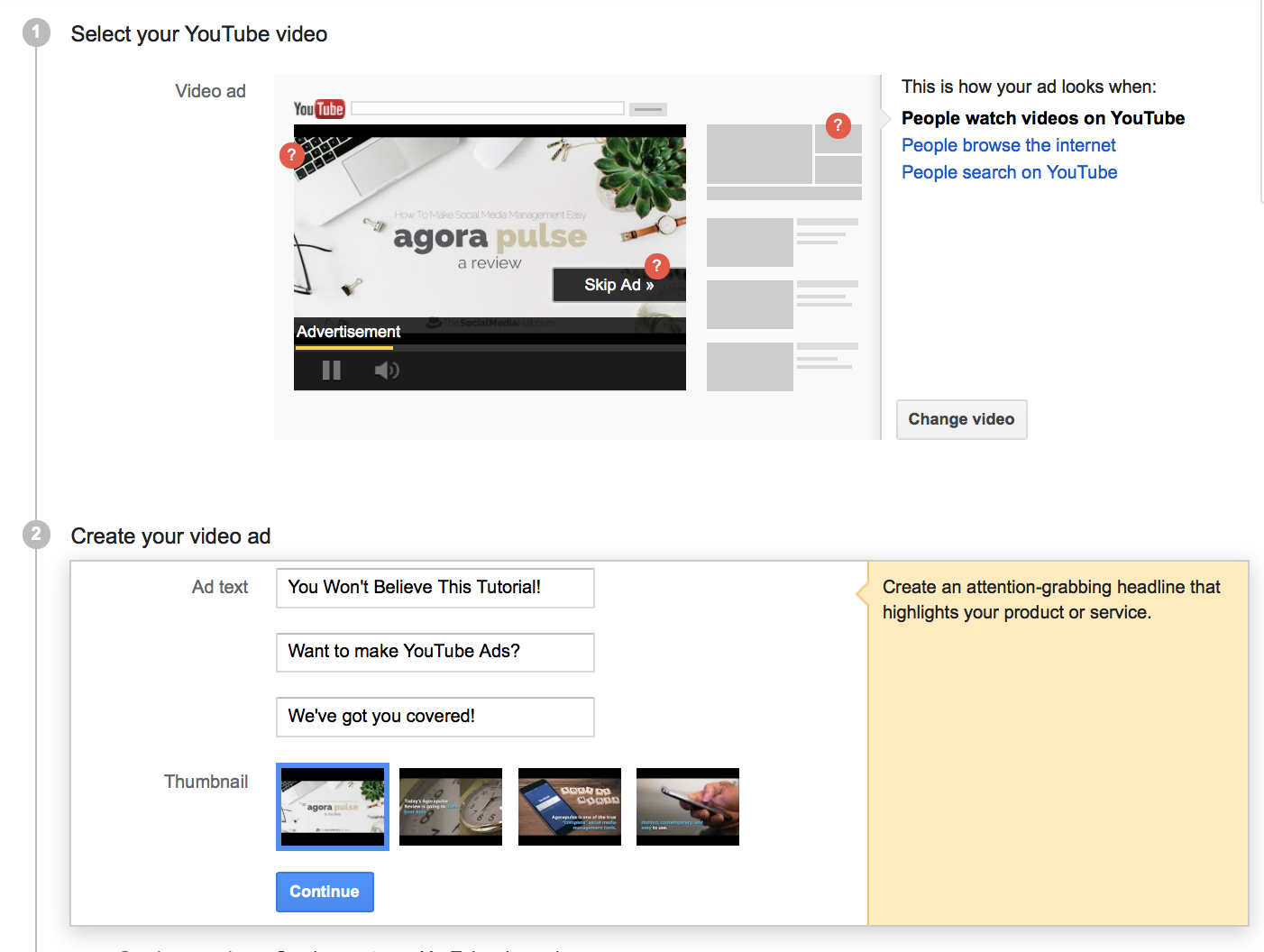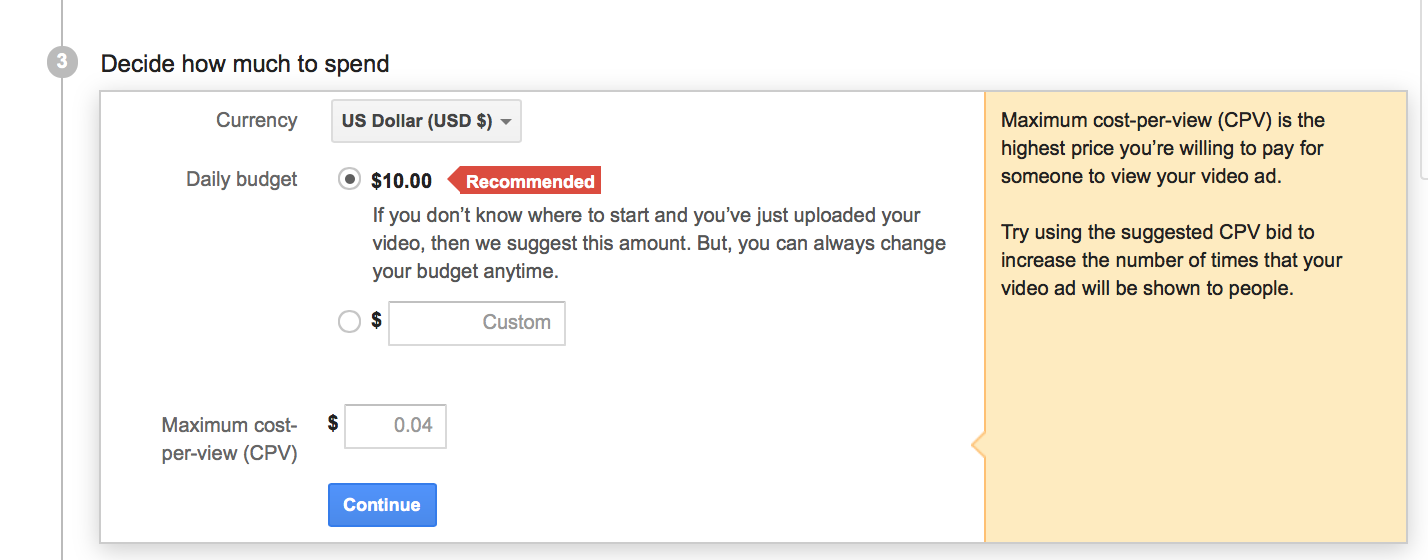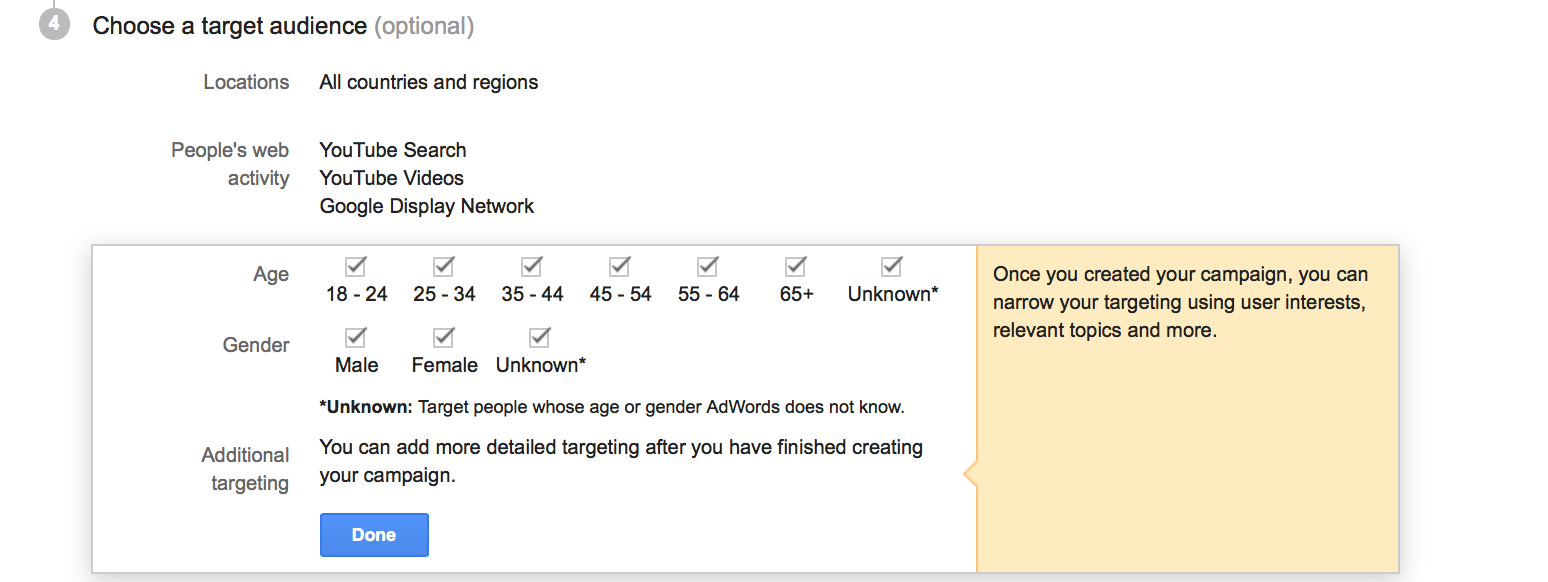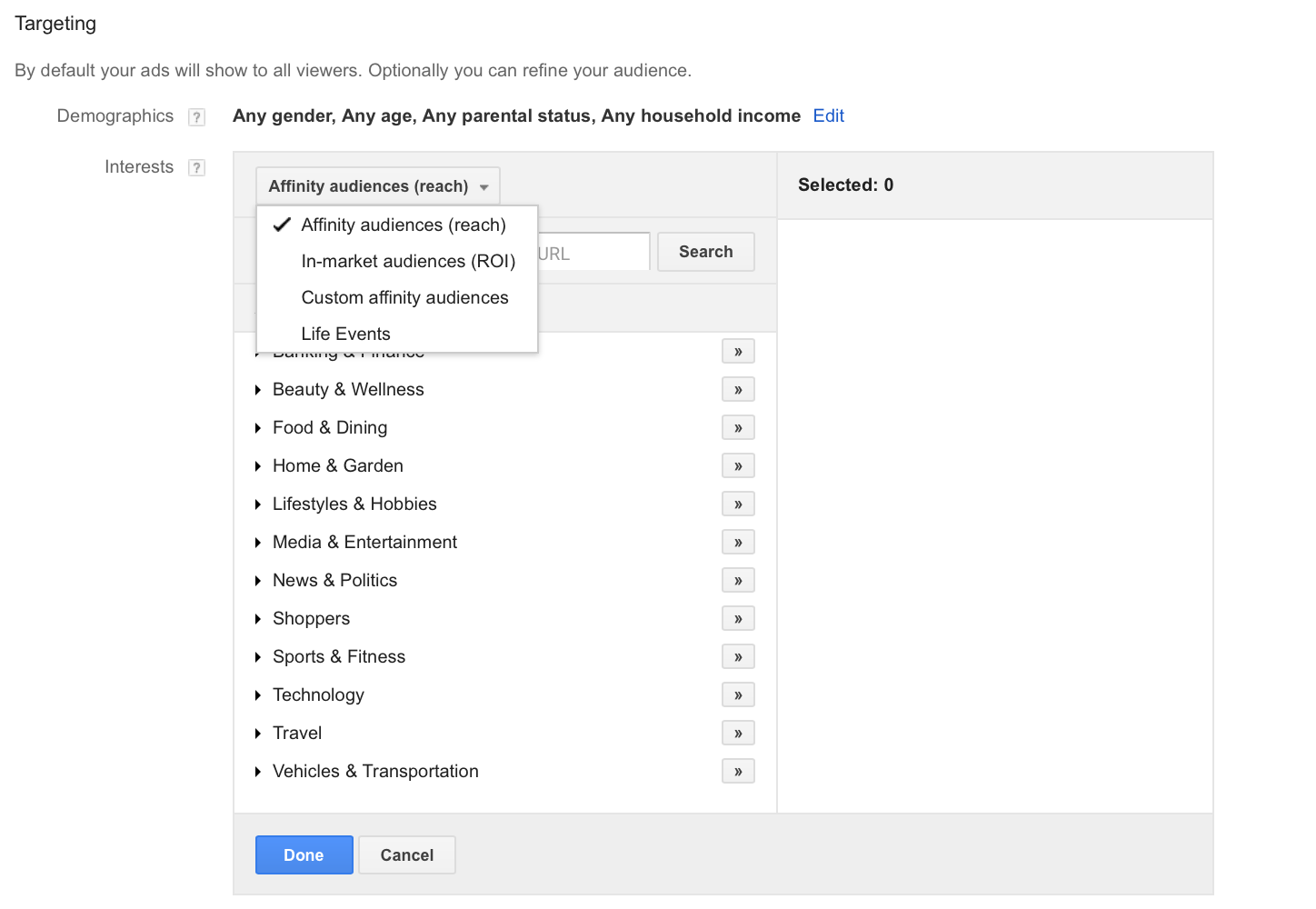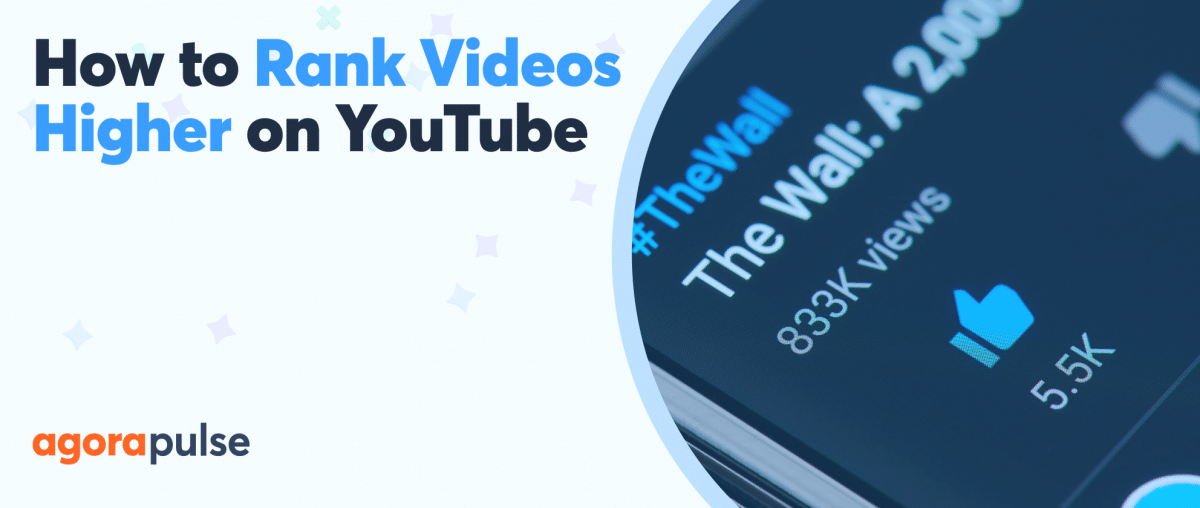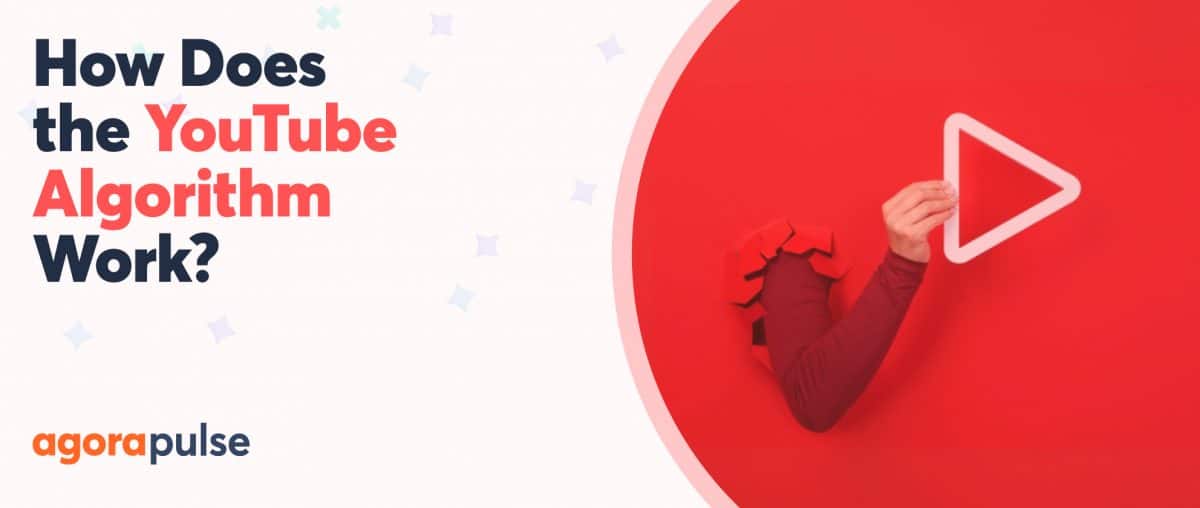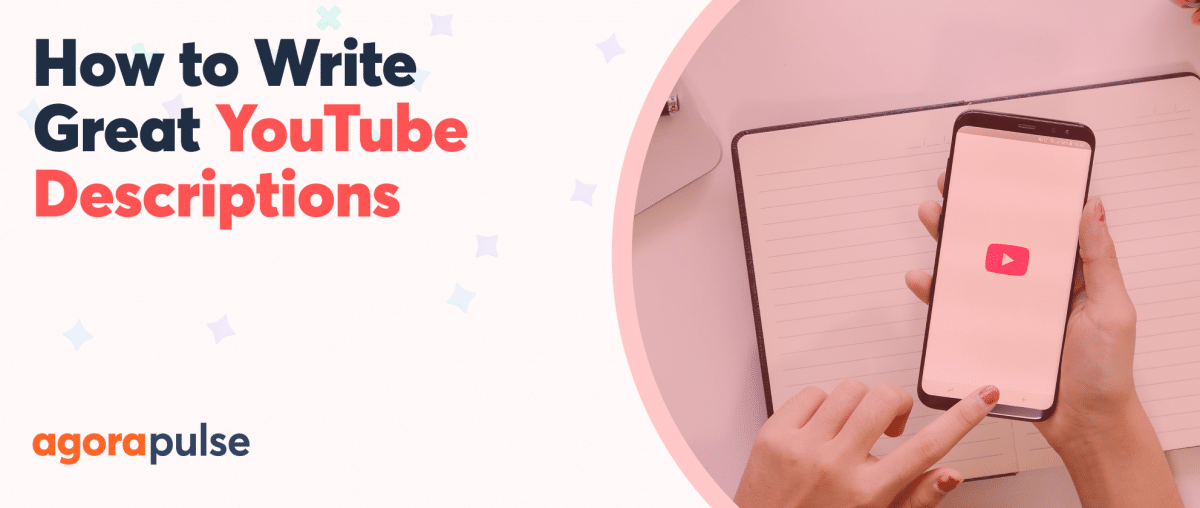Video advertising is dominating on multiple social media platforms. Given that video is a natural medium for storytelling, it allows businesses to convey not only a message but a feeling faster, and more organically than even still images. It’s attention-grabbing, and it’s a great way to give viewers a lot of information in very little time.
Many businesses flock to Facebook and Instagram for their video ad campaigns, but YouTube Ads is a powerhouse brands shouldn’t ignore. YouTube Ad campaigns are created and processed through the Google AdWords powerhouse system. Some brands find the system intimidating and never pursue it as a result.
We wanted to change that. In this post, you’ll learn everything you need to know about how to run YouTube Ad campaigns, including best practices to help you accomplish your specific advertising goals.
Why Should I Run YouTube Ads?
Facebook and Instagram get the most attention for video ads, but you should never count YouTube out. Unlike most other platforms, after all, users aren’t just scrolling through a feed and stopping only when something catches their eye. Instead, they’re on a platform they’ve navigated to specifically to watch videos– your ad is the only thing that they’re focused on.
The competition for the viewer’s attention is decreased because they have to sit through your ad to see the content they’re intentionally trying to watch. This is a big advantage, and it can increase watch times and retention rates significantly.
Types of YouTube Ads To Choose From
When you’re creating YouTube Ads, there are three types of video ads you can choose from, all of which work under the AdWords pay-per-click system. The ad formats give you different options in terms of video ad length and placements. These ad options are:
- TrueView In-Stream Ads. Users see your video ad before their video starts, and in Google’s Display Network. You pay if someone watches your ad for 30 seconds or your entire ad (whichever comes first), or if they click on your ad. This video ad basically gives you a captive audience who has to watch your ad to see what they want.
- TrueView Discovery Ads. Your video ad may appear either on the homepage as a suggestion or toward the top of user searches. Users need to click on the ad in order for it to play. Longer videos work well for this ad format and should be used with videos that can get clicks on their own.
- Bumper Ads. These video ads are only 6 seconds long but don’t count them out. They’re perfect for mobile and are more cost-efficient than other ad options. Since mobile usage on YouTube is skyrocketing (both in terms of number and time spent on the platform), these ads are an essential asset to YouTube’s arsenal.
The ad types you choose will depend on the content you want to promote and your specific goals. Quick teasers and snippets designed to peak interest work best as in-stream ads or bumper ads. Longer content that attracts organic searches and just needs a little boost, works best as a discovery ad.
How to Create YouTube Ads
You create YouTube Ads through Google AdWord’s ad creation system. Note that all videos you run as ads must be hosted on YouTube. You can keep the ads as “unlisted” if you don’t want them to be found.
To start the process, click here.
Choose which video you want to promote. You can enter the specific URL or do a search based on keywords or title.
Next, create the ad text. You’ll have a headline and two lines for descriptions, and you need to choose your thumbnail. Choose an engaging thumbnail that will represent your video well. As you’re doing this, you’ll be able to see a preview of what your ad will look in the preview above it.
Underneath this, choose where you want to send users that click on your ad. You can send them to your website or to your YouTube channel.
Next, set your budget. YouTube recommends a daily budget of $10 USD a day, though you can enter in a “custom” number for any other amount. You can also set a maximum cost-per-view bid if you want to keep your costs per action under a certain threshold.
Finally, pick who sees your video ad. You can implement location targeting by country, region, or city. You can also target users based on demographics like age and gender.
In this section, you’ll pick your ad placement. Since the creation process uses different language to describe different formats, here’s a quick translation guide:
- “Searching on YouTube” = TrueView Discovery Ads/ YouTube Search
- “Watching videos on YouTube” = TrueView In-stream and Bumper Ads/ YouTube Videos
- “Include People Browsing the Web” = Discovery Ads/ Google Display Network
YouTube will ask you to sign in to your AdWords account or create one. Make sure you review your ads before submission.
How to Get the Best Results with YouTube Ads
The YouTube Ad creation process is straightforward, which is a huge advantage for small businesses that don’t want to learn a complicated system. Fortunately, best practices for the ad platform are also pretty straightforward. Here are my best tips to keep in mind for every YouTube ad campaign:
- Plan strategically. Before you even run video ad campaigns, test video content organically on your channel or on Facebook.
- Keep them short. In-stream video ads that aren’t skippable need to be kept to 15 seconds or less, even though some areas let you go for 20 or 30 seconds. Bumper ads must be kept to 6 seconds or less. While there is no official time limit on skippable video ads, it’s still best to keep it to 3 minutes or less– after all, no matter how interested someone is in your ad, they want to see the content they originally clicked on more.
- Use different placements for different purposes. Discovery ads can help give your content a boost with relevant users who are interested enough to click to see it. Bumper ads are best for brand awareness, while in-stream ads can tackle brand awareness and product consideration well.
- Implement additional targeting. This happens at the ad group level once you’re hooked up with Google AdWords. Coincidentally, if you create your ad through Adwords’ direct interface, it’s available from the start. You can target based on interest, life events, past interaction with your channel, or even audiences who are researching a purchasing decision. Take advantage of this, because the more you know about your audience, the more you can ensure your ad is relevant to them.
Conclusion
YouTube Ads are a valuable asset that more businesses and advertisers should consider leveraging for their brands. The different ad formats give you the flexibility to accomplish different goals with diverse types of content. With Agorapulse on hand to help you identify your best and most engaging video content, you’ll start seeing results in no time.
What do you think? Do you agree with our best practices for how to run YouTube Ads successfully? Have you used Agorapulse to improve your YouTube marketing yet? Let us know in the comments below!


